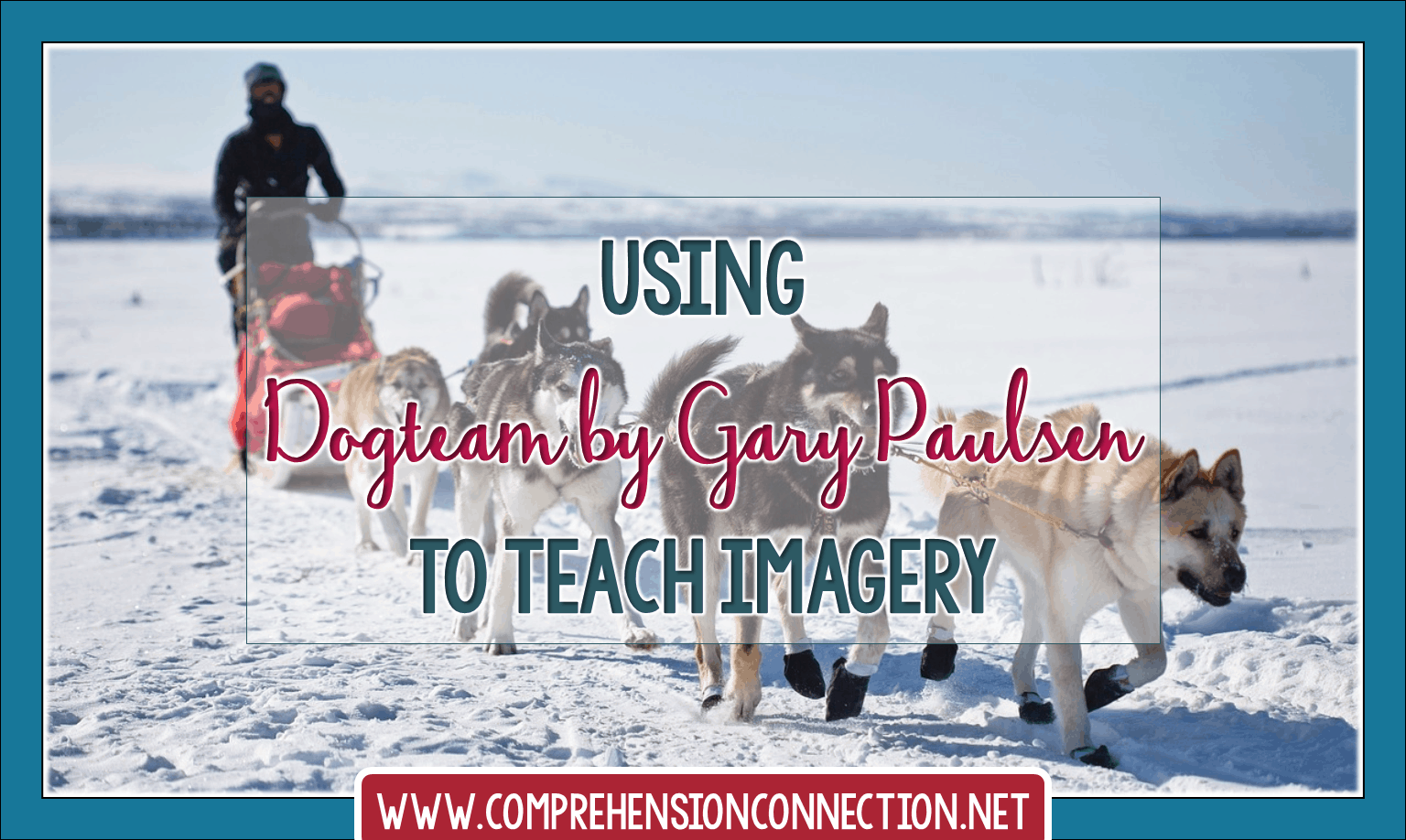
Imagery is best taught with descriptive texts. There are some authors that just have a way with language. Agree? I have my favorites for sure…Owl Moon, In November, and All the Places to Love are just a few. In the book I’m featuring with this post, Gary Paulsen is in the spotlight. This book is not his typical. In fact, it’s one of a very few picture books he’s written, but I love it for the imagery it creates for me. I truly feel like I’m riding with him on the dogsled, and if you read it aloud, your students will too. In this post, I share lesson tips for teaching imagery with this book.
Introducing imagery with Our Mentor Text:
Several years ago, I got the opportunity to hear Gary Paulsen speak at the Virginia State Reading Association conference. Gary Paulsen, for a long, long time, was an author I admired and just had to meet. The experience of hearing his story and actually meeting him will forever be a time I treasure. He is a no frills guy who calls it as he sees it. He was just plain real, and what I love best about him is that his books have inspired so many boys in particular to love reading. His vivid descriptions help the reader transport themselves into the lives of Brian, Mr. Tucket, and his many other characters.
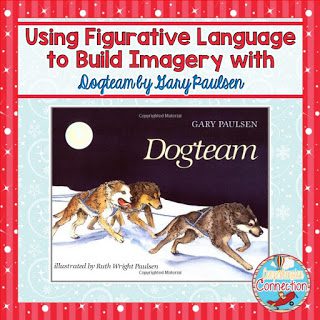
Most of Gary’s books are chapter books, but that year, I was lucky enough to find two picture books for my classroom library, The Tortilla Factory and Dogteam, Dogteam quickly became a mentor text for imagery and figurative language in my classroom, and if you have thoughts of using Dogsong or Woodsong, I would highly recommend introducing the topic of sled dogs by sharing this book and perhaps My Life in Dog Years, a unique autobiography.
Examples of Imagery:
The setting of this book is Alaska during the winter, and the narrator in the story is training his dogteam for a race. He describes taking the dogteam out for a night run, and the description in the book is so poetic. Here are a few quotes from the text. I expect you’ll agree.

Building Background for Imagery:
I like to begin every mentor text lesson with a schema builder that generates conversation between my students or that builds background for topics that my students may or may not be familiar with. With this text, the teacher might enjoy showing a clip about the Iditarod like this one from Youtube.
Research Connection:

To help organize the information students learn through this video, I prepared this organizer. Students can work in teams to research and discuss what they find out.
Imagery Lesson Materials:
Once students are “warmed up and ready” for the race, it is time to share the book. With this book, I created two pages, an anchor chart for interactive notebooks and a response page. I selected quotes from the text and asked students to describe their thinking. These questions could be used to guide thinking.

- Which words jump out? (record them for discussion after)
- Find examples of figurative language (metaphor, simile, repetition, alliteration)
- What do you picture?
- How would you feel?
Students record their thinking on the right side of the column notes during discussion. Then, once the book examples have been discussed, the teacher can refer back to the word list and talk about how sensory words lead to imagery and sort them by sense.
Lesson Extension:
As a follow up to this lesson (bonus materials), I included a writing option. With this assignment, students complete a RAFT paper. RAFT stands for:
- ROLE
- AUDIENCE
- FORMAT
- TOPIC

Students will be a musher in the Iditarod. They will be writing for the people interested in coming to the race to tell them what it is like to be a racer running the dogs. This resource is available for purchase using the link below. It was free during the blog hop, but is $3.50 currently. You can learn more by clicking the image below:
Additional Winter Resources and Ideas:
If you are looking for other winter mentor text lessons or winter resources, I began this board last year as part of my weekly thematic posts. I continue to pin my favorite winter ideas to it now, and there may be a few ideas you’d like too.
You can certainly come back to this post later if you want to pin this image. For other winter mentor texts, you can also check out the collaborative Pinterest board a group of literacy bloggers and I have put together. Our group has been linking up for several years now, and there are lots of mentor text lessons to choose from. HERE is the link to that board.
Other Links You’ll Like:
- Building Poetry Pros
- Teaching Main Idea with Animals in Winter
- Winter Themed Resources and Ideas for Elementary











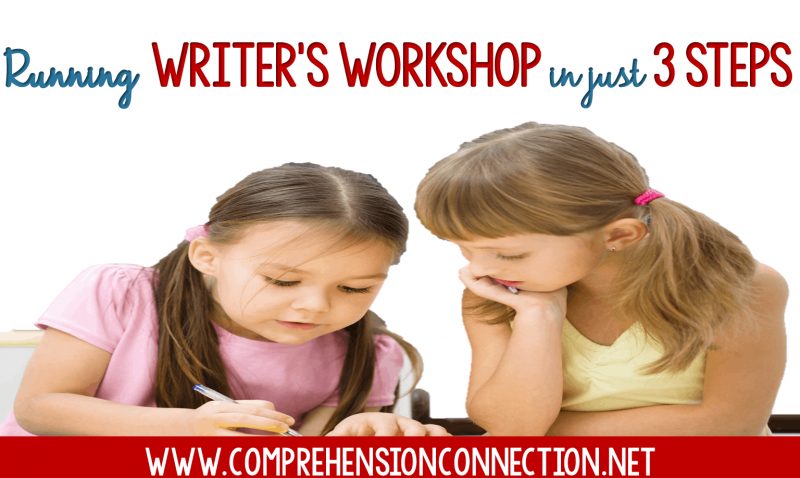


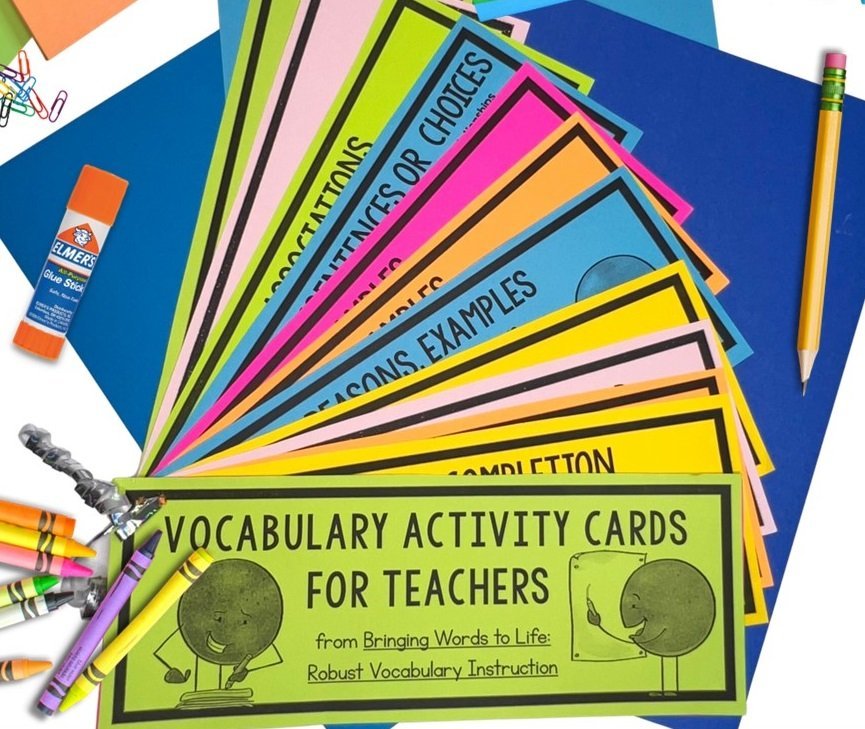
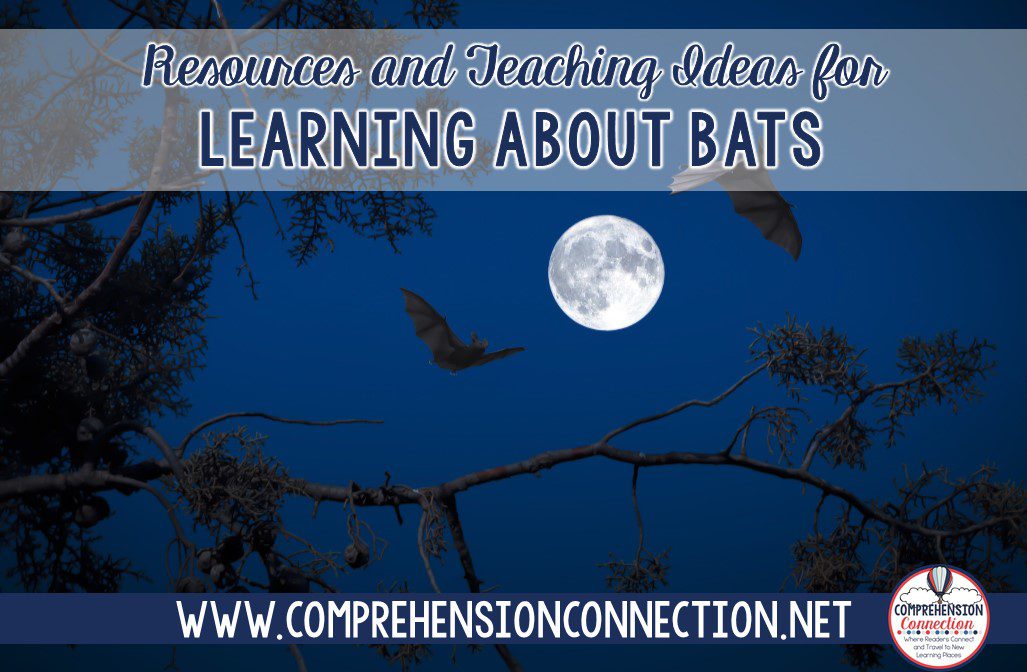


13 Responses
That's so exciting that you go to meet Gary! I've never read Dogsled before, but I am excited to get my hands on a copy and use your freebie with my class! Thank you for organizing such a great blog hop!
Wow- this will be a great mentor text for the winter. Thank you for this awesome resource!
I have never read Dogsled but I will definitely be adding it to my plans this winter! Thanks for sharing such a great book and a fabulous resource to go along with it!
Your post is amazing Marissa, and it takes all of us to make it great. Love each and every post!
I LOVE when our fifth grade does an Iditarod unit! Going to Alaska and seeing the sled dogs is on my bucket list! Thank you for hosting such a fabulous hop. 🙂
Thank you, Carla. Always learn from your posts. Thank you again for planning.
I have never read this book but I know the kids love reading about the Iditarod. I really like the graphic organizer that asks for students to identify sensory words. Thanks for organizing the hop! P.S. Only the link is showing for your rafflecopter now!
Jessica
Literacy Spark
and I do not know why. It was showing earlier and I changed nothing! I think it's something with rafflecopter.
I am not a big Gary Paulsen fan, but I am going to look for this book the next time I am at the book store. The language he uses is fantastic! Great post!
Jana
Thinking Out Loud
Thanks so much, Carla! Really appreciate your thoughtful post and excellent resource. Will check into this book. I too love using video to get kids' juices really flowing–great idea to include an easy link here. We often use google images, too, sometimes looking at photos and diagrams to generate questions before study. Really heightens students' motivation! Best to you!
Carla, I love this! I can't wait to try it out with my class! Thanks you!
Love the Iditarod and have never read this book before. Thanks so much for the freebie. Can't wait to check out the book.
ilive2learnilove2grow
This looks like a great book – thank you for sharing! I love the lesson too!
Jenn